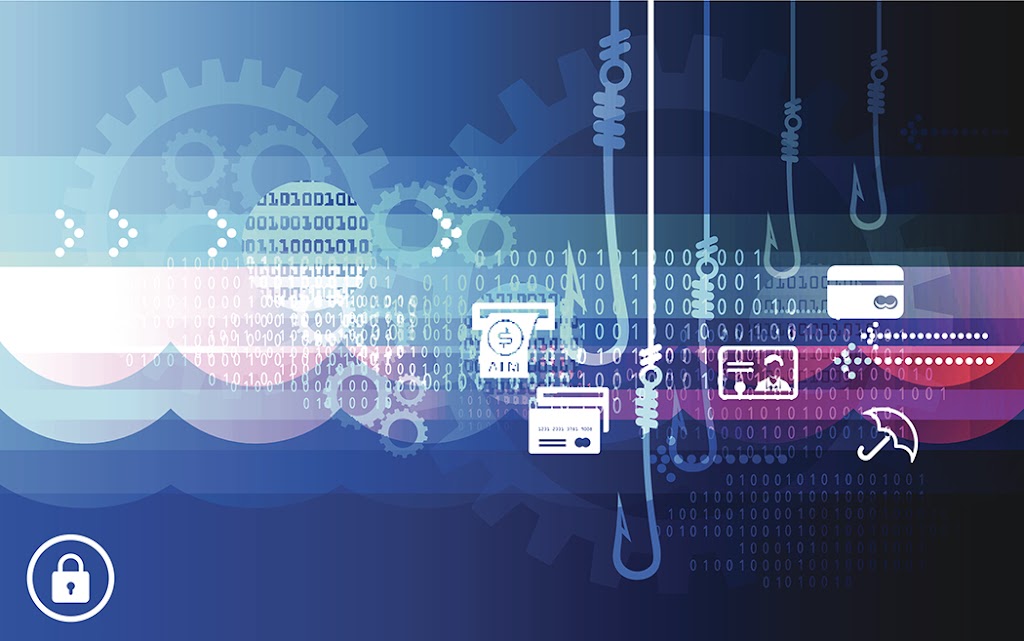Today, companies and their management face a different set of challenges than 20 years ago. The challenge at the time was to gather information that would help make strategic decisions for market success, as the information was stored in multiple and very accessible bulkheads.
With the advent of the Internet, the asymmetry of existing information has been eliminated.
More information is available than ever. However, the vast amount of information available across digital platforms and resources makes it difficult for companies to find the information they need to facilitate strategic decisions.
Early technology and its disruptive market impact can also lead to significant changes in customer preferences, making it difficult to maintain the competitiveness of poorly prepared businesses as a result of lack of information.
It leads to a dynamic business environment.
Business and management leaders need to identify new opportunities, avoid potential pitfalls, and stay innovative. To do so requires a new kind of market intelligence.
These companies are increasingly reviewing and researching all available information, tracking evolving technology environments, and providing market information that gives shareholders insights and trends to succeed in a technology market environment.
I need it. Companies armed with this information can better understand business ideas and technologies, stay competitive, and identify the right approach to customer segment.
The history of attention and potential suites – the history of photocopying and PARCIn 1959, Xerox released Xerox 914, first copied from plain paper. This is a product called “the single most successful single product ever” by Fortune magazine.
Driven by its first success, Xerox was at the forefront of the digital revolution and opened a Palo Alto Research Center (PARC) to develop new technologies.
The facility is a place for the development of graphical user interfaces, laser printing, WYSIWYG text editors, and Ethernet, and is an important part of the computing history.
Based on these inventions, PARC developed Xerox Alto in 1973. It was considered to be the first true personal computer with a monitor, mouse display, network function, and a QWERTY alphanumeric keyboard.
The company did not find much potential for this new product and used it only at home. In 1984, just 11 years later, Steve Jobs released the Apple Macintosh.
This is the first personal computer with a commercially available interface with mice, with many features depending on the concepts and ideas originally developed in PARC.
In 1984, Macintosh became a product that launched Apple as a company and set the course to become one of the world’s most valuable brands. Meanwhile, Xerox has become another player in the printing and copying industry.
An end? Advanced in HP 3D printing
If Xerox understood its potential as a personal computer in the mid-1970s, Apple, Microsoft, and Hewlett-Packard could have billions of dollars generated by “borrowing” Xerox technology.
haveing one of the most important PC manufacturers in the world, HP in 2014 tasted terrible suffering throughout the years due to the global economy, disastrous market conditions, and disruptive management movements.
It was. Like Xerox, it has become dominant in the field and has become one of the largest printers and print technology providers.
However, its sales have plummeted in print and corporate computing. In the face of this scenario, the company had two options. Adapting or gradually becoming irrelevant.
HP makes great bets on 3D printing, recognizes potential, and looks at impressive predictions of market growth from market intelligence providers focused on key technologies such as BIS research.
In 2017, HP has made a huge leap forward with Multi Jet Fusion printers and is trying to win by leveraging this new technology.
The global 3D printing market is expected to reach $ 209.7 billion by 2021, growing at a CAGR of 24.9% between 2017 and 2021, and HP is poised to take advantage of the new market. He is.
The global 3D printing software market and services are expected to reach US $ 4.52 billion by 2021, growing at a CAGR of 25.2% between 2017 and 2021, with HP entering the new advantageous market. We are ready to enter.
What really matters today – tracking technology and market potential
The margin of error in today’s dynamic business environment is even less than in the 1970s and 80s. There is no 11-year gap until a competitor releases a high-potential technology that a company overlooks, such as Alto and Macintosh. Conti’s key is to maintain the pioneering superiority of innovation.

